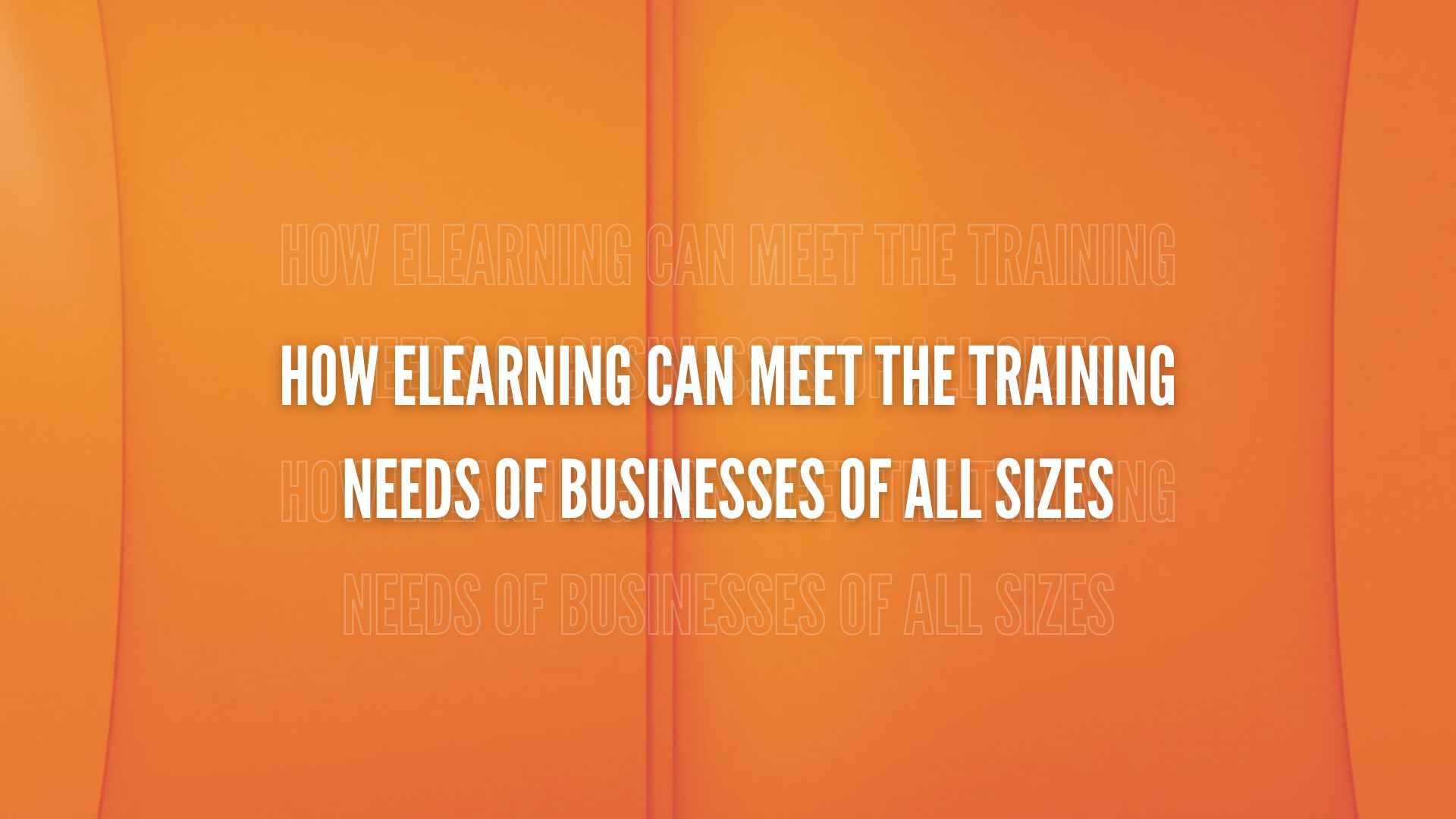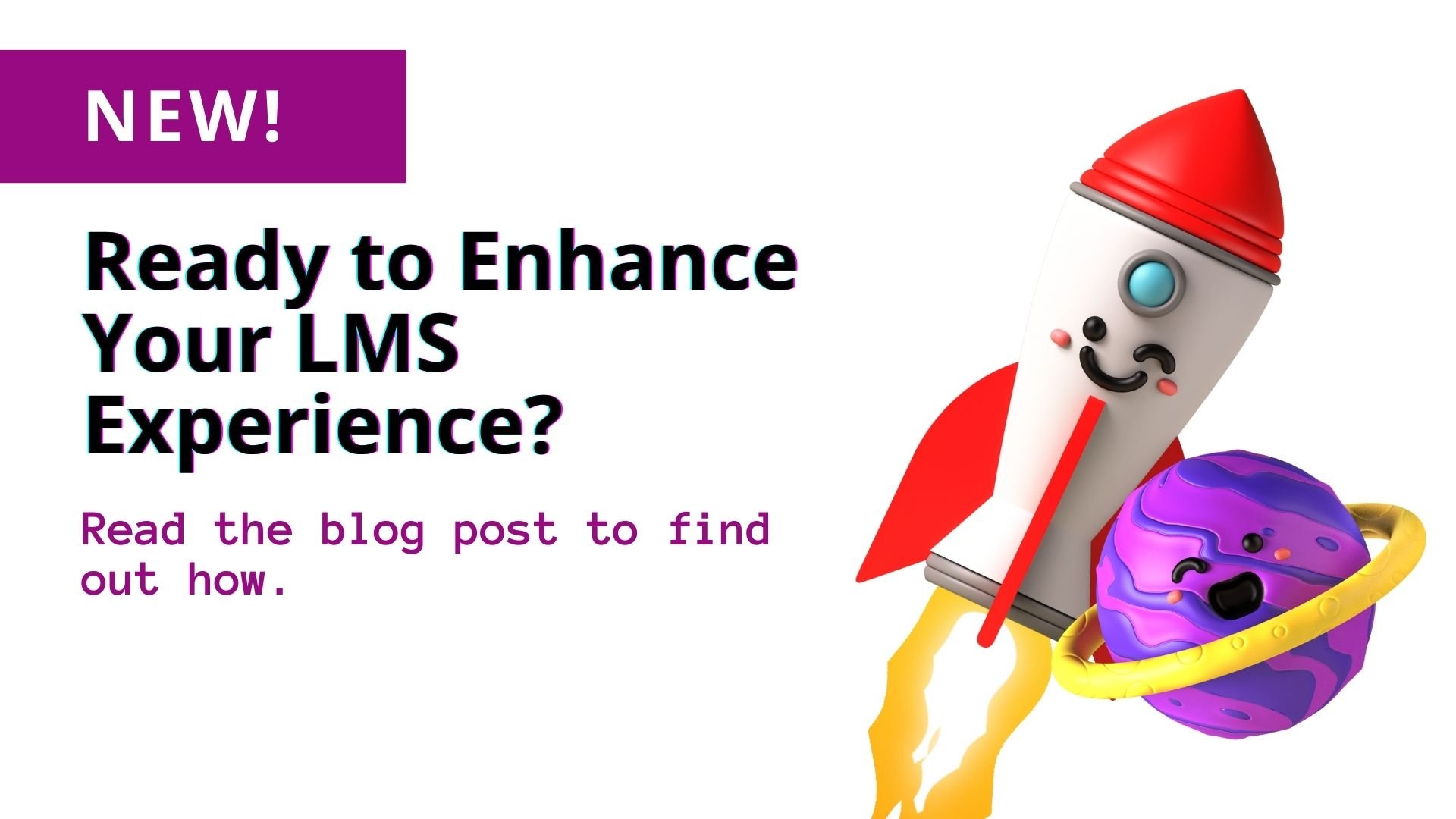If you want anything to thrive, you must not deny it what it needs to flourish. For example, you’d never deprive a plant of water (that is, unless you want to kill it). Likewise, organizational leaders shouldn’t deny a workforce one of the main factors vital to its long-term success: an employee-centered work environment.

Employees Are Your Greatest Asset
Contrary to popular belief, a company’s greatest asset is not its products, but its people. PEOPLE put flesh on a company’s bones, and bring breath, energy and excitement to an organization. No matter how awesome a product or service is, it is the workforce behind it that markets and ultimately sells it.
There is no denying that employees are extremely valuable and have the ability to make or break a company’s success. Leaders who recognize this truth often look for ways to invest in their workforce, and are rewarded with a thriving team of employees. Employers should strive to create employee-focused workplaces to reduce turnover rates, increase income and give company culture a shot in the arm.
How to Create an Employee-centered Workplace
If your organization would grow, it must become more workforce-centered. This probably sounds daunting, but it doesn’t have to be; there are lots of ways you as a leader can promote this type of change. The first way is to consistently train your personnel.
Consistent, Employee-centered Training = Business Success
Business is not static; it is ever changing. This means your training efforts need to be constant. Unfortunately, training usually stops when onboarding ends. How often do you train your personnel? If your trainings aren’t frequent, interesting and centered around your workers, it’s time to step up your game and train your employees more consistently.
Establish a Culture of Learning
When an employee walks through your company’s doors, he or she should feel safe and encouraged to ask questions, even ones that may seem silly. Such questions may not have simple answers, but through the process of seeking them, outofthebox business solutions may arise. A culture of learning lends itself to an employee-centered atmosphere, which is what you want if you desire rapid growth and increased productivity for your business.
Stay on the Cutting Edge via Information Sharing
Creating an employee-centered environment involves promoting collaborative learning information sharing, which allows employees to glean from one another’s fields of knowledge. When employees feel they can share what they are learning and what they are passionate about, a collective knowledge forms and makes it possible for an entire business to remain on the cutting edge of its industry.
Learning Management Systems Create Workforce-centered Environments
The ultimate way to create an employee-centered workplace/training model is to implement a learning management system (LMS). Learning management systems make growing dedicated, happy teams of employees easy. These systems establish welcoming environments of learning and access to support. They also make training more fun, personable, accessible, and workforce-focused.
Is your workforce truly thriving? If not, frequently training employees, establishing a culture of learning and facilitating information sharing are great ways to turn things around. TOPYX is an award-winning social LMS that facilitates employee-oriented training models and work environments.
Organizational leaders are some of the busiest people on the planet. Not only do they have to train new leaders, hire employees, create training materials, and consistently lead by example, but they also have the challenge of keeping their organization’s greatest assets—its employees—satisfied and professionally competent. The happiest and most effectively-trained employees are those belonging to companies that are workforce-centered. Could your organization improve in this area?





